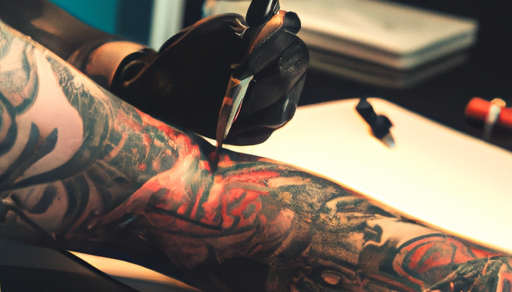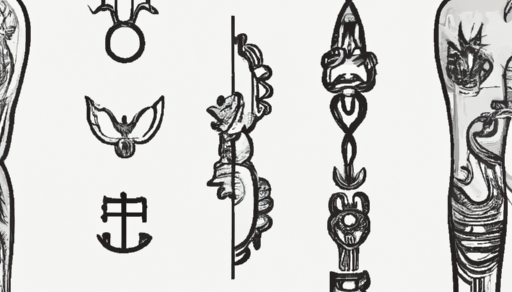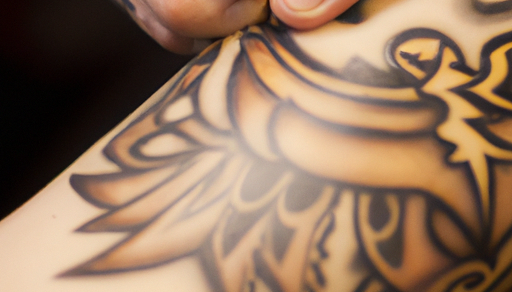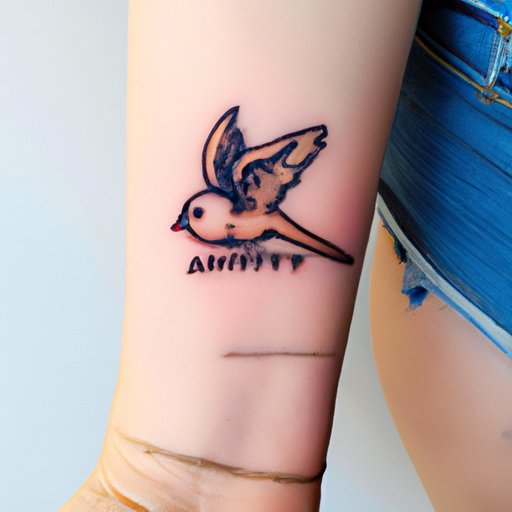 While tattoos can be a beautiful and meaningful expression of self, getting a tattoo does come with certain risks. One of the biggest risks associated with getting a tattoo is the potential for infections and diseases. However, there are ways to minimize these risks and ensure that your tattoo experience is as safe as possible.
While tattoos can be a beautiful and meaningful expression of self, getting a tattoo does come with certain risks. One of the biggest risks associated with getting a tattoo is the potential for infections and diseases. However, there are ways to minimize these risks and ensure that your tattoo experience is as safe as possible.
Tattooing is a process that involves using needles to penetrate the skin’s outer layers at very high speeds, creating a design by injecting ink into the third layer. However, it can be dangerous if proper safety measures are not followed. One of the main concerns people have is the risk of contracting HIV, as well as other infections such as staph, syphilis, tuberculosis, and hepatitis.
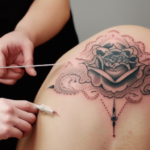 First and foremost, it’s important to choose a reputable and licensed tattoo artist. Before deciding on a tattoo artist, do your research and ask for recommendations from friends and family who have had successful tattoo experiences. Look for an artist who is licensed and follows proper sanitation practices. A good tattoo artist should be willing to answer any questions you have about their process and should have a clean and sterile workspace.
First and foremost, it’s important to choose a reputable and licensed tattoo artist. Before deciding on a tattoo artist, do your research and ask for recommendations from friends and family who have had successful tattoo experiences. Look for an artist who is licensed and follows proper sanitation practices. A good tattoo artist should be willing to answer any questions you have about their process and should have a clean and sterile workspace.
Another important factor in safe tattooing is ensuring that the equipment being used is clean and sterile. Before beginning the tattoo process, the tattoo artist should open fresh needles and tubes in front of you. They should also use single-use gloves and dispose of them immediately after the tattoo is finished. Additionally, all surfaces should be thoroughly cleaned and disinfected between clients.
It’s also important to take care of your tattoo after it’s been applied to minimize the risk of infection. The tattoo artist should provide you with aftercare instructions, which may include keeping the tattoo clean and moisturized, avoiding exposure to sunlight, and refraining from swimming or soaking in water for a certain period of time. It’s important to follow these instructions closely to ensure that your tattoo heals properly.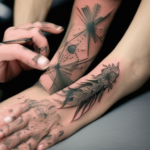
Finally, if you notice any signs of infection or disease after getting a tattoo, seek medical attention immediately. Signs of infection may include redness, swelling, or warmth around the tattoo, as well as pain or discharge. In rare cases, tattoos can also lead to more serious infections or diseases, such as hepatitis or HIV. While these risks are relatively low, it’s important to be aware of them and seek medical attention if necessary.
In conclusion, getting a tattoo can be a safe and enjoyable experience if you take the proper precautions. By choosing a reputable and licensed tattoo artist, ensuring that equipment is clean and sterile, taking care of your tattoo after it’s applied, and seeking medical attention if necessary, you can minimize the risks associated with getting a tattoo and enjoy your new body art for years to come.

